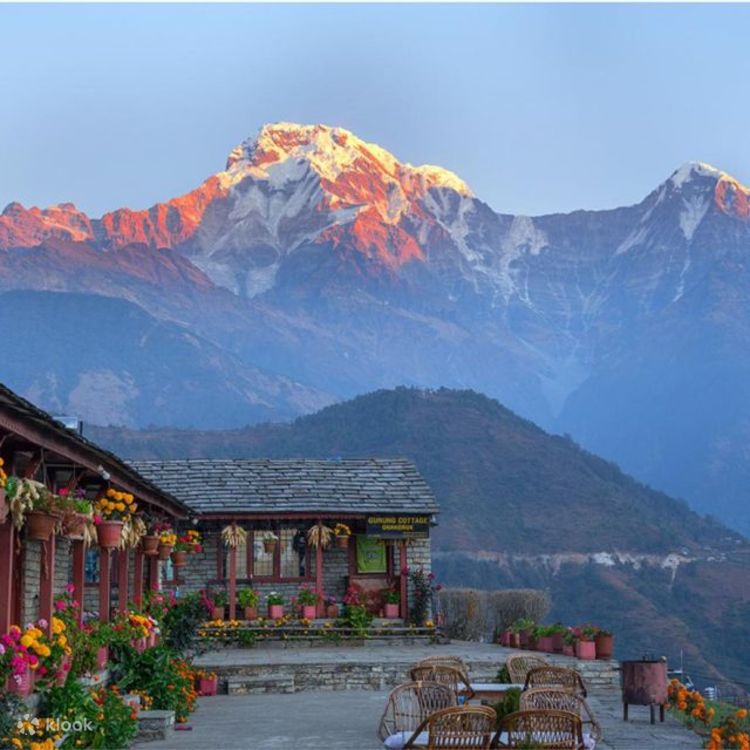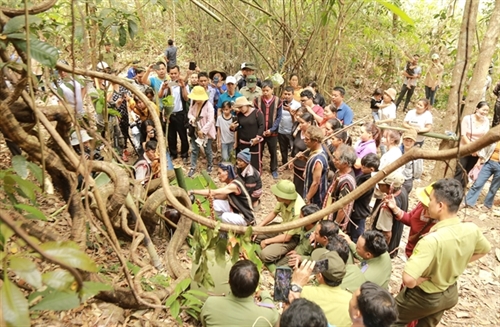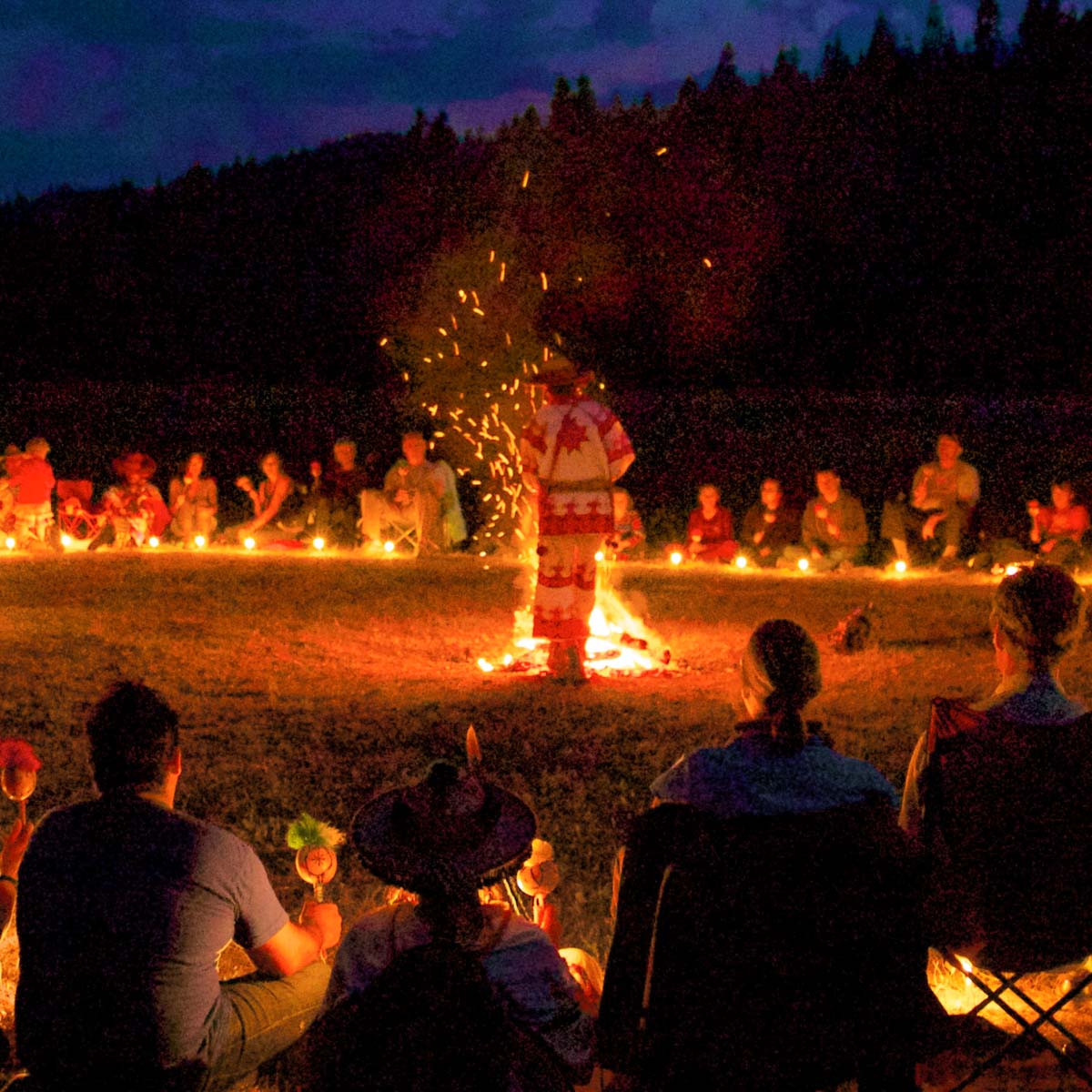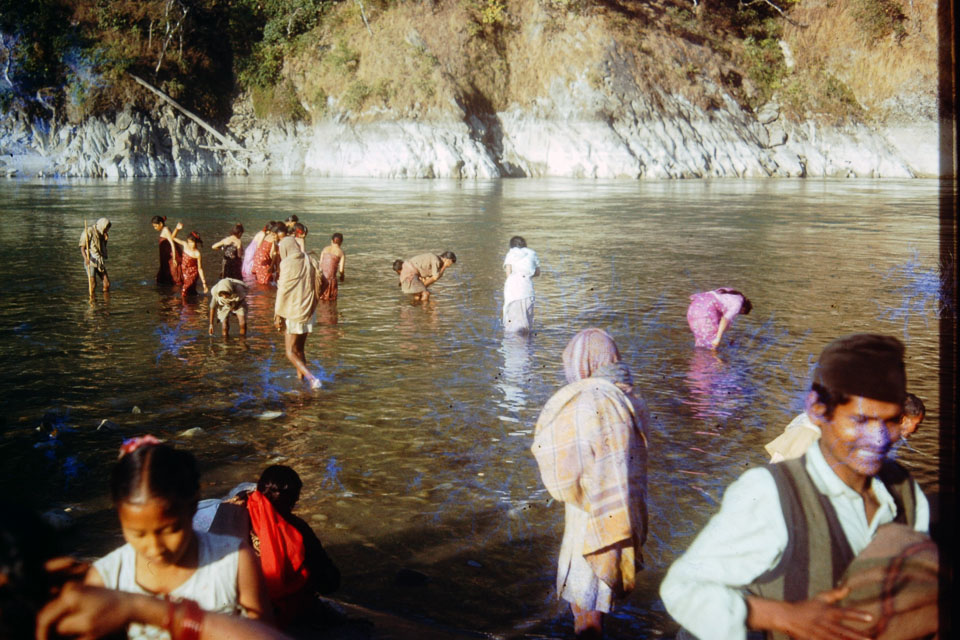Share this Article

Introduction
Situated in the core of the Annapurna Conservation Area in Nepal, Ghandruk is a charming village that provides a distinctive combination of stunning landscapes, vibrant cultural traditions, and welcoming hospitality. Renowned for its breathtaking vistas of the Annapurna and Machhapuchhre (Fishtail) mountain ranges, Ghandruk has emerged as a favored spot for trekkers, nature lovers, and cultural adventurers. This piece explores the allure of Ghandruk, its cultural importance, and its prospects as a sustainable countryside tourism spot.
The Natural Charm of Ghandruk
Ghandruk is situated at an elevation of 2,000 meters above sea level in the Kaski district of central Nepal. The village is encircled by verdant rhododendron woodlands, stepped agriculture, and sweeping vistas of the Himalayas. The Annapurna Conservation Area, including Ghandruk, features a variety of plant and animal life, turning it into a paradise for nature enthusiasts. The village serves as an access point to several of the most famous trekking paths in Nepal, such as the Annapurna Base Camp and Poon Hill treks.
- Multi-sensory experience: Tourists are especially captivated by Ghandruk's scenic charm. The view of snow-covered mountains, the sound of running streams, and the scent of crisp alpine air produce a rich sensory experience that makes a memorable impact.
- Spiritual bond: Numerous visitors characterize their stay in Ghandruk as a "spiritual journey," where they sense a profound link with nature.
Cultural Wealth and Customs
Ghandruk is mainly occupied by the Gurung community, an ethnic group recognized for their bravery, warmth, and vibrant cultural traditions. The Gurungs possess a distinct dialect, customary clothing, and a rich cultural legacy that features folk dances, music, and celebrations. The village is renowned for its Gurkha soldiers, who have served in both the British and Indian armies and are honored for their bravery.
- Potential for cultural tourism: Although numerous tourists visit to appreciate the natural landscapes, there is an increasing desire to understand the local culture. The Gurung museum in Ghandruk, which features artifacts, traditional attire, and historical photos, is a major highlight.
- Genuine experiences: Tourists have the opportunity to don traditional Gurung clothing and engage in cultural activities, enhancing the authenticity of their visit.
- Requirement for narrative: Nonetheless, it is essential to improve the "narrative" aspect of Ghandruk's tourism offering. Visitors showed an interest in additional historical and cultural stories to enhance their comprehension of the village's heritage.
Eco-friendly Tourism and Local Progress
Ghandruk exemplifies how tourism can aid in the socio-economic growth of rural regions. The village has adopted sustainable tourism practices, due to efforts by the Annapurna Conservation Area Project (ACAP) and community organizations. Founded in 1986, ACAP aims to preserve natural resources and enhance the lives of local communities by promoting tourism.
- Economic advantages: Tourism has provided considerable economic advantages to Ghandruk. Numerous villagers have shifted from conventional jobs like farming and military roles to tourism-related enterprises, including managing lodges, guesthouses, and offering guiding services.
- Challenges: Nonetheless, the swift expansion of tourism has caused a social gap between those who gain from tourism and those who do not. Environmental concerns, including waste disposal and the excessive use of natural resources, must also be tackled.
- Sustainable practices: To address these issues, Ghandruk has adopted sustainable practices, including utilizing biogas for cooking and heating, encouraging local products, and coordinating community clean-up initiatives.
Guest Experiences and Contentment
A research on visitor experiences in Ghandruk showed that tourists expressed a great degree of satisfaction with their overall experience. The village's scenic charm, the warmth of the residents, and the cultural events were the highlights of the visit.
- Positive feedback: Most visitors showed an eagerness to suggest Ghandruk to others and indicated they would return for future trips.
- Improvement areas: Certain visitors, especially local tourists, expressed worries regarding the elevated prices of lodging and meals, along with the belief that international travelers received favorable treatment.
- Cultural exchanges: Guests showed an interest in greater cultural exchanges and storytelling to deepen their appreciation of Ghandruk's traditions.
The Prospects of Ghandruk as a Tourist Spot
Ghandruk possesses all the elements necessary to serve as a model for sustainable rural tourism in Nepal. Its scenic charm, cultural depth, and community-focused tourism efforts create a distinctive locale that attracts diverse groups of visitors. Nonetheless, to completely harness its potential, Ghandruk needs to tackle the issues highlighted in visitor feedback.
- Improving cultural narratives: By offering additional chances for cultural storytelling, historical excursions, and engaging experiences, Ghandruk can give visitors a richer insight into its heritage.
- Year-round tourism: Encouraging Ghandruk as a year-round location can aid in drawing visitors in the off-peak season. Distinct experiences, including cultural festivals, homestays, and thrilling activities, can be provided to attract travelers.
- Sustainability: Ghandruk should maintain its focus on sustainability in the advancement of its tourism sector. By implementing sustainable practices, supporting local goods, and engaging the community in decisions, the village can guarantee that tourism benefits the enduring health of both the environment and the residents.
Conclusion
Ghandruk serves as an exemplary model of how rural tourism can revitalize a community while maintaining its natural and cultural heritage. The village's beautiful scenery, vibrant customs, and friendly welcome have made it a popular spot for visitors from across the globe. Nevertheless, further efforts are required to improve the visitor experience and guarantee that tourism advantages the entire community. By emphasizing sustainability, cultural narratives, and community participation, Ghandruk can persist as an example of rural tourism in Nepal. With an increasing number of travelers pursuing genuine and significant experiences, the village can transform into not merely a location but an exploration of Nepal's natural and cultural marvels. The future of Ghandruk as a tourism spot depends on its capacity to harmonize development with sustainability, safeguarding its natural charm and cultural legacy for future generations.
Categories:
Culture & Traditions
Tags:
Ghandruk
,
charming village







